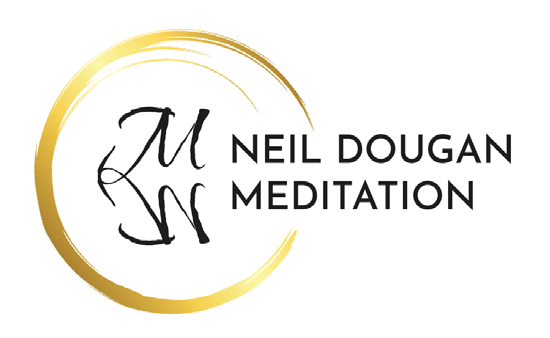What Meditation is
A way to train our attention to be present.
Stilling the mind.
Focused attention.
Observation and acceptance of ‘what is’.
Practice of non-judgement.
A pathway to cultivating compassion and kindness, both towards oneself and others.
A way of fostering a deeper understanding of the interconnectedness of all beings.
Self-medicating.
Creating space between what is happening and the response.
A way to connect with the stillness/peace within.
A tool for understanding true nature.
A skill that invites an active approach.
What meditation isn’t:

What meditation is not
Often you can put obstacles in the way of learning something new, or may have
heard some myths about meditation which you have believed to be true. Understanding
what the myths and obstacles are can help you to dissipate your concerns.
Meditation isn’t a religious practice
Most World Religions have a contemplative or meditative aspect to them. If you think of
Buddhism, then one of the central features of Buddhism is meditation or mindfulness.
Christianity also has a tradition of contemplative prayer. However, meditation can be seen as
a secular practice and this is how it is taught in this course. So meditation can be part of a
religious practice or an entirely secular one.
It doesn’t need huge amounts of time
There is no need to spend hours meditating. Scientific evidence points towards a 20-minute
session a day bringing real benefits. You can also learn how to do mini meditation techniques
throughout the day. It is the regular daily practice that brings benefits, not spending hours at
a time.
It isn’t a method of stopping thoughts
We can’t stop the thoughts that flow into our minds, it is impossible. When we meditate we
are learning to focus our attention. We can focus on a mantra, or on the breath, or on a
beautiful image or object. As we learn to focus we can concentrate on that focal point and
learn that when thoughts come in we can acknowledge them and then let them go and return to our meditation.
It isn’t something very complicated that only some people can do
Meditation is simple to learn. Anyone can learn and it doesn’t require hours of study. Anyone
can follow their breath or let their gaze rest on a beautiful object.
It isn’t relaxation or daydreaming
Meditation is not merely closing your eyes and daydreaming. When we relax or daydream our thoughts aren’t focused, we allow them to just wander. We can lie in the bath or have an
afternoon nap and just let our minds wander from thought to thought. Meditation is about
focusing our attention on a specific thing, such as the breath or a mantra, and when the
attention wanders bringing it back to the focus.
You don’t have to be a calm person, or a particular ‘type’ of person to meditate
Some people may see meditation as being part of the hippy culture from the 60s, or they may think you already have to be a calm type of person to meditate. Meditation can be for anyone.
There isn’t only one type of meditation
Some people may say, “I tried it once, and it wasn’t for me”. However, they may have only
tried one type of meditation and it might not have been the best fit for them. The benefits of
training with a qualified Meditation Teacher is the exploration of many different types and
techniques.
You don’t have to be able to sit in a lotus position
For some, sitting in a lotus position can bring discomfort to the body. Meditation is a portable
practice which can be done while sitting on the floor, on a chair, lying down, or through
movement.



